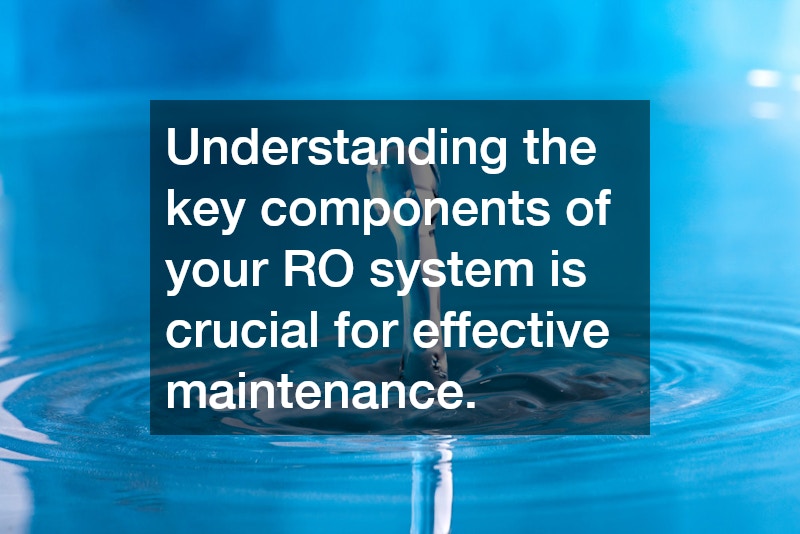Reverse osmosis (RO) systems have become a staple in ensuring clean, safe, and delicious water in our homes. However, just like any other appliance, they require regular maintenance to function optimally. This guide will help you understand when and how to replace the components of your RO system to ensure its longevity and efficiency.
Understanding the key components of your RO system is crucial for effective maintenance. Typically, an RO system consists of pre-filters, the RO membrane, and post-filters.
The pre-filter, generally replaced every 6-12 months, protects the RO membrane by removing sediment and chlorine. The RO membrane itself might need replacing every 2-3 years, depending on the water quality and usage. It’s interesting to note that a well-maintained RO system can remove up to 99% of contaminants, providing you with the purest water possible. Regular monitoring and timely reverse osmosis replacement of these parts are essential to avoid any lapse in your water quality.
One major keyword related to reverse osmosis systems is ‘filtration efficiency.’ This metric is crucial in determining when components need replacing. If you notice a slowdown in water production or a change in taste, it may be time to assess the system’s filtration efficiency. Moreover, technological advancements have made the replacement process more user-friendly. Many systems now come with indicator lights or alarms that alert the homeowner when it’s time to replace a component, simplifying the maintenance process immensely.
Maintaining your reverse osmosis system by regularly replacing its components ensures continuous delivery of high-quality water. Stay informed about your system’s requirements and act promptly when it’s time for a reverse osmosis replacement. With the right care, your RO system will provide you with peace of mind and pure water for years to come.
.


